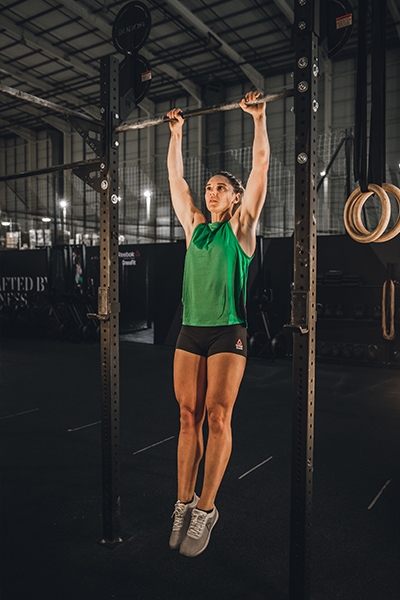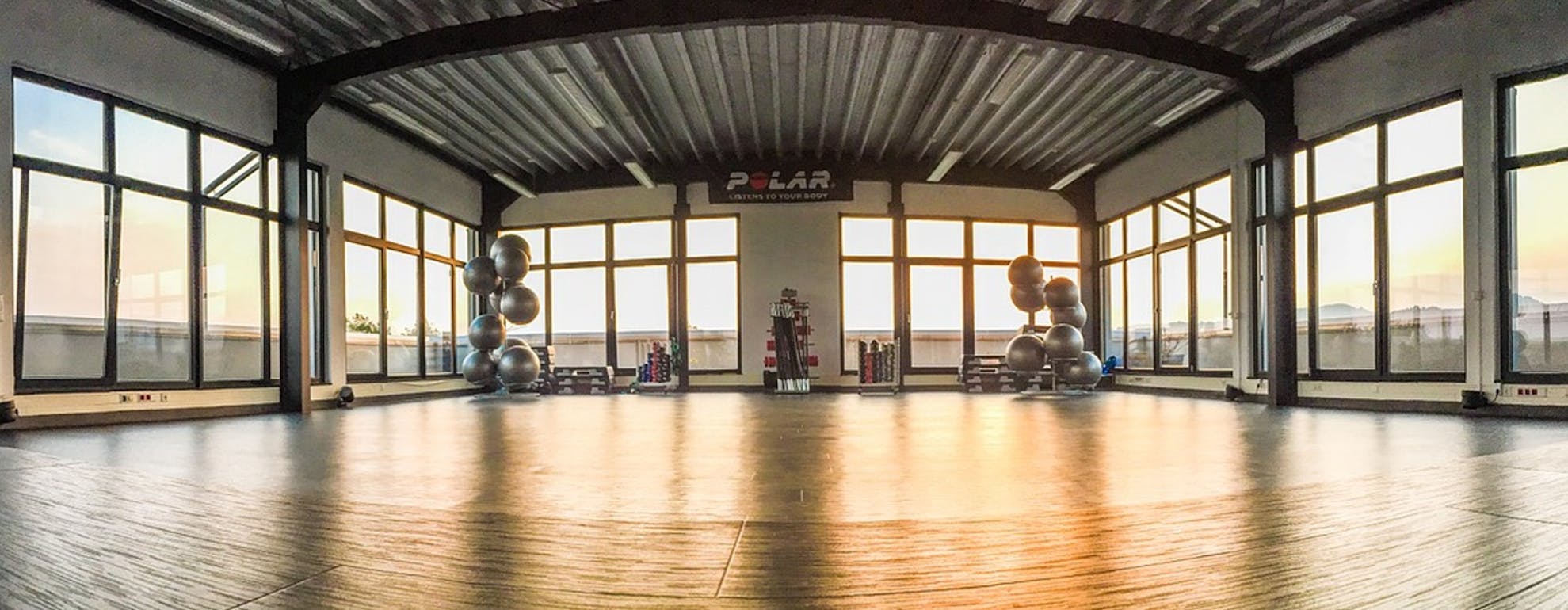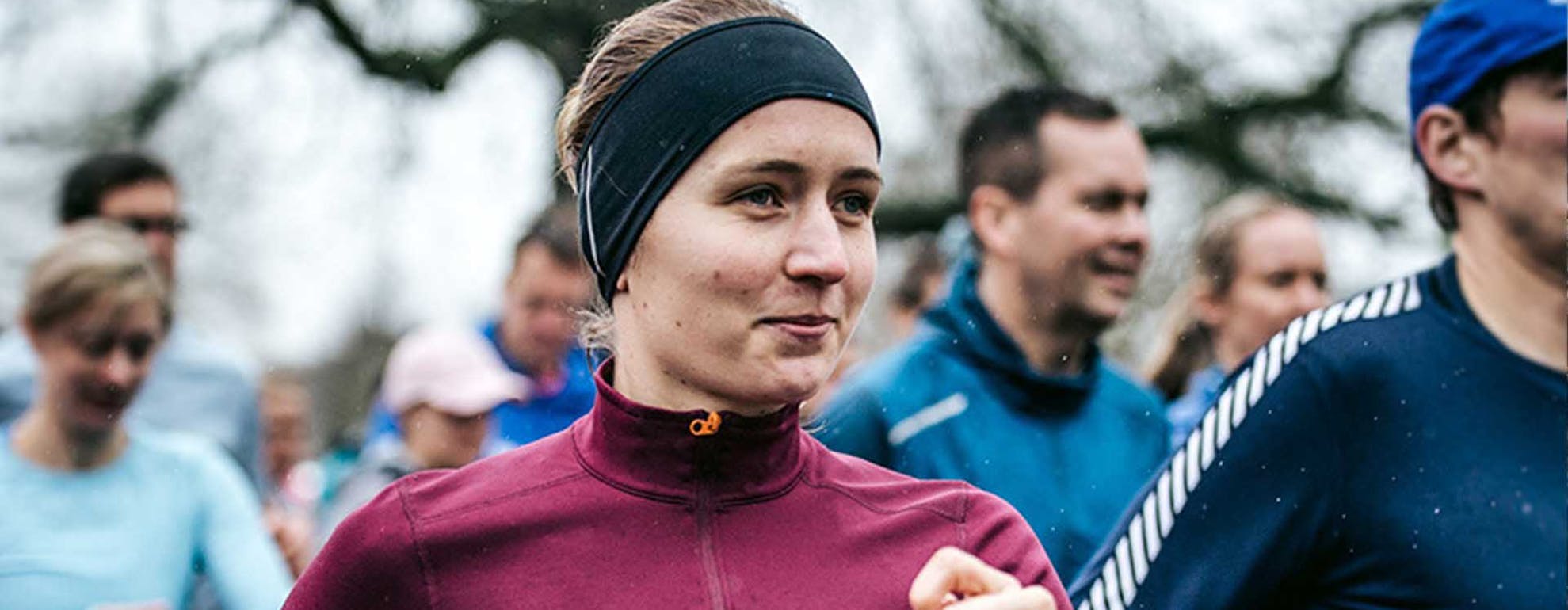
How to Warm Up like a Cross Fit athlete
Any athlete worth their salt (or medals) knows that an effective warm up can be the difference between a long and healthy career or a short-injury prone one. 2013 Reebok CrossFit Games champion Samantha Briggs, is making her eighth trip to the Games this year and has teamed up with SportsShoes.com to share some of her warm up routines that keep her in the game.
A good warm-up should start by getting the cardio-vascular system working and raising the core body temperature. As the warm-up progresses it becomes more focussed towards the activity in question. A warm-up for a max lift day would look very different to a day where high volume gymnastics or bodyweight movements were the dominant training stimulus. As an athlete matures in their chosen sport or discipline, they get to know their bodies and tailor their warm-ups accordingly.
The two warm-ups below focus on either a max lift day or a gymnastics or body-weight day. They differ in their approach but follow the same rules of starting general and becoming more specific. The max lift day focusses on speed and power, getting ready to receive the barbell or power from the bottom of a squat. The gymnastics and body-weight day focusses on getting the whole body co-ordinated and activating the core, a critical component of all bodyweight movements. The Reebok CrossFit Nano 9 is Sam’s go-to shoe for both of these warm up’s and the work outs that would follow.
Each of Sam’s warm-up’s follow the RAMP principle, which includes:
Raising heart rate and body temperature. Generally speaking, this is to raise body temperature and get synovial fluid to flow and lubricate the joints, ready for work.
Activating specific muscle groups that will be used in the workout. For activation in this instance, isometrics are key. This drives a neurological connection between brain and body, without the risk of injury since the muscles are not lengthening under load.
Mobilising – the type of athlete you are will determine the most important focus of this element of the warm up. An inflexible person will spend time here getting into the positions required. On the other hand, a flexible person will be priming their CNS to be prepared for getting OUT of positions required for the workout. For more information on mobility and flexibility check out this article here.
Potentiation – the purpose of this is to fire up the central nervous system. This can be done by either increasing the load of the desired movement pattern, or the speed of the movement pattern. “Load” can refer to the weight a body is asked to receive and can be “increased” by jumps and bounds e.g. If this were a squat day – a depth jump or unloaded squat jumps. For an upper body movement, heavy negatives performed very slowly or plyometric press ups can be used.
ㅤ
WARM UP EXAMPLE-LOWER BODY HEAVY DAY
R – 5 – 10 minutes of steady cardio (Ski-Erg, Row, Bike, Assault Bike) – building pace throughout
A – Star Planks 2 x 20 seconds,
Clam-Shell Plank 2 x 8 – 10 repetitions
M – Hip Symmetry Stretch – getting IN, 2 x 20 seconds
Box Pistol Squat – getting OUT, 2 x 6 – 8 repetitions
P – Jumping squat 2 x 2 – 3 repetitions
Depth Jump 2 x 2 -3 repetitions
ㅤ

ㅤ

ㅤ

ㅤ
WARM UP EXAMPLE-UPPER BODY WEIGHT DAY
R-5 – 10 minutes of steady cardio (Ski-Erg, Row, arms only Assault Bike) – building pace throughout
A – Ring/TRX Plan 2 x 20 seconds
ㅤ

ㅤ

ㅤ

ㅤ
M–Downward Dog Flow– getting IN, 2 x 2 – 3 rounds
ㅤ

ㅤ

ㅤ

ㅤ

ㅤ
Strict Quad Crawl2 x 10m
ㅤ

ㅤ
P–Hollow body position negative pull ups2 x 3 – 4 repetitions
ㅤ

ㅤ

ㅤ

ㅤ
Loaded Dips 2 x 3 – 4 repetitions (focussing on moving FAST!)
ㅤ

ㅤ

ㅤ
Looking for some training tips and advice? Then head over to our Training category where our athletes and experts explain everything you need to know.
Welcome
Welcome to the SportsShoes Training Hub! We’ve teamed up with athletes and experts to bring you the very best advice on how to maximise your workouts and achieve your best results.
Read More
Share this
Featured Articles
View All



